Find your calm through traditional archery and the art of bow-making

- Share via
There are many forms that meditation can take in nature. Devotees of shinrin-yoku, or forest bathing, practice a slow saunter through the woods while soaking in its energy. Lovers of labyrinths lose and find themselves again in the journey to the center. For some, biking, climbing, hiking and running bring contemplation and connection to themselves, others and nature. Others find depth in outdoor sound baths, reiki and yoga.
For Eric Clem, meditation comes in fitting an arrow against a bowstring, pulling his arm back and seeking a target — in the great outdoors. Since 2010, the 41-year-old Altadena resident has been practicing what’s called traditional archery, shooting a longbow, a tall wooden bow with narrow limbs that reaches farther distances, and a recurve bow, a shorter bow with an outward-curving limb structure that makes it faster and more powerful. Though traditional bows lack “the bells and whistles of aiming devices, stabilizers or mechanical releases” of more modern bows, they take him back to the basics and help him connect with his body, his breath and the bow itself.
“It’s a repetitive, very form-based thing that really gets in your body,” Clem says. “The bow becomes an extension of you, and the act of shooting becomes this very meditative thing that’s tied to your breathing.”
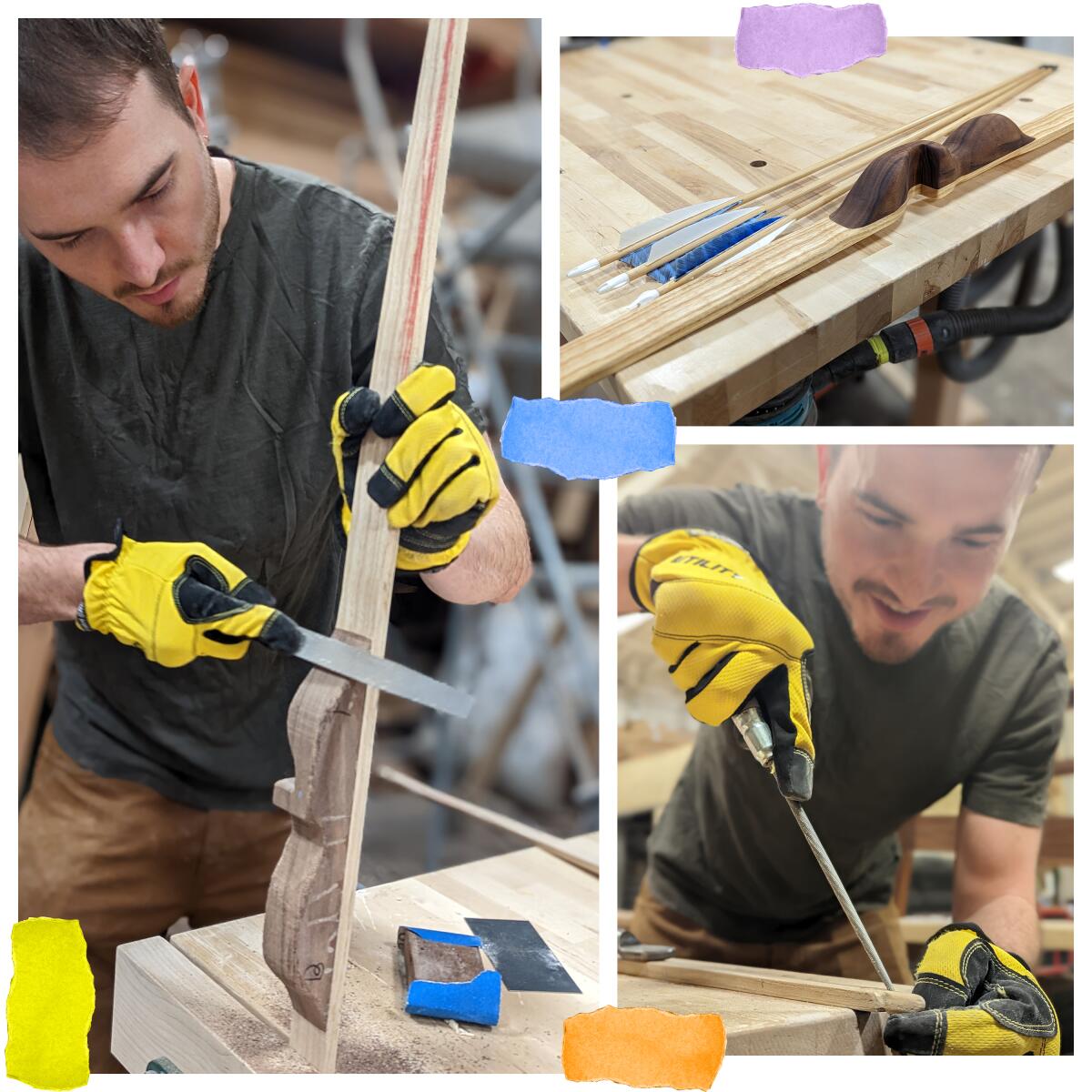
Clem also has worked as a bowyer, a craftsman of bows, for a decade. Starting Jan. 28, he’s teaching the dying art at L.A. Woodshop in DTLA. (The sold-out class costs $600 to join; more classes are scheduled for March that you can register for now.)
Clem was inspired to start crafting bows in 2013, when an underground archery tournament gave him two shooting options: using the house bows or his own handmade bow. Rising to the challenge, he started fashioning bows from Osage orange and Pacific yew. Wouldn’t you know, with those bows and handmade arrows, his team reached the finals. He started making more bows on his balcony and selling them to archers and hunters.
“I make unique bows, listening to what kind of wood and how heavy a draw the person wants,” Clem says. (He charges $1,300 and up for custom bows, netting a negligible profit due to the labor required, he explains.)
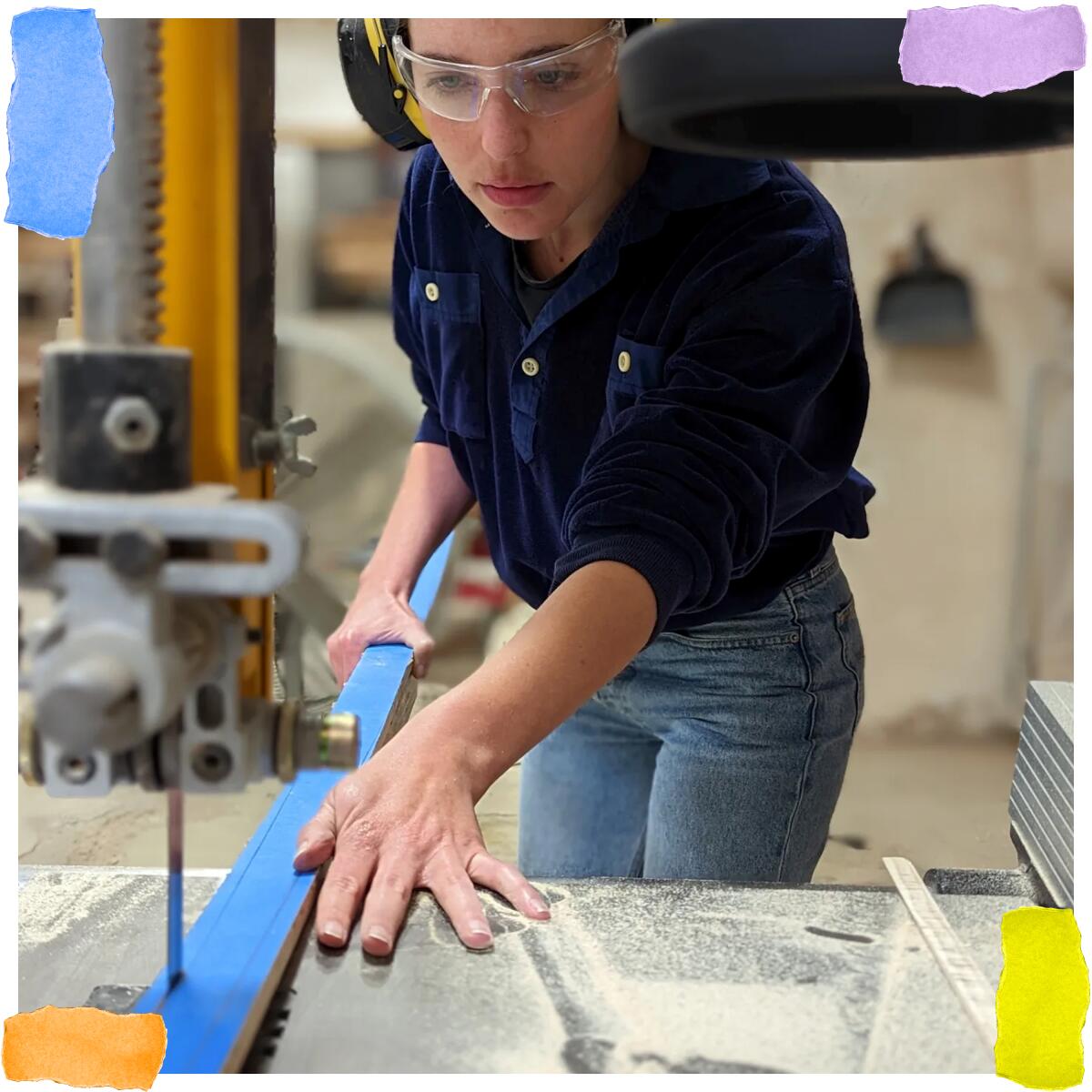
The bow-making class is a dream three years in the making. In February 2020, Clem started L.A. Woodshop, a woodworking school, with Martin Johnson, a woodworker who grew up making custom log furniture with his father, and Nathan Stefanelli, who also grew up in a woodworking family and now owns Nathan Stefanelli Design-Build.
One month later, Gov. Gavin Newsom issued the stay-at-home order amid the rapid spread of COVID-19, and all operations shut down. Clem and his colleagues stayed busy making bows, arrows and furniture during the shutdown. They reopened in late June 2020 for limited classes in furniture making at a capacity of no more than six students in their 7,000-square-foot studio. With the rise of variants, L.A. Woodshop again closed from December 2020 to March 2021. Given all that, it wasn’t until the end of last year that Clem was finally able to start testing his two-day bow-making class on friends and family who were archery novices.
Personally, I failed my way through one afternoon of archery in high school gym class, and crafting a bow sounds near-impossible. But Clem promises the class gently guides you through the process. “It seems like a really difficult thing to do, but it isn’t, especially the style of bow I teach,” he says. “One hundred things can go weird along the way, but we’re able to address very specific problems and how to solve those problems together.”
Sculptors and woodworkers know that a material isn’t always cooperative. “Sometimes wood has little secrets to it,” Clem says with a laugh. But even in the worst-case scenario — your bow breaking — you merely start again. As students progress into a more advanced bow-making class Clem hopes to offer in the future, they can learn how to make a fiberglass backing for their bow, which will make it fire faster and last longer.
“My goal is that ultimately people take a class, and because I’m teaching them how to do it, they go home and make more bows,” the bowyer says.
Once you have your bow, you can join the Pasadena Roving Archers course in Lower Arroyo Park. On peaceful weekdays at dusk, Clem often strolls the course with a friend, stopping at each stationary target to shoot. He also marvels at the urban park’s diverse flora and fauna: abundant Matilija poppies and live oak trees, as well as hawks, kestrels, rabbits, squirrels and deer.
“The first time I ever saw a bobcat was at Pasadena Roving Archers,” Clem says. “She was just walking through the range, moseying through with her little ears.”
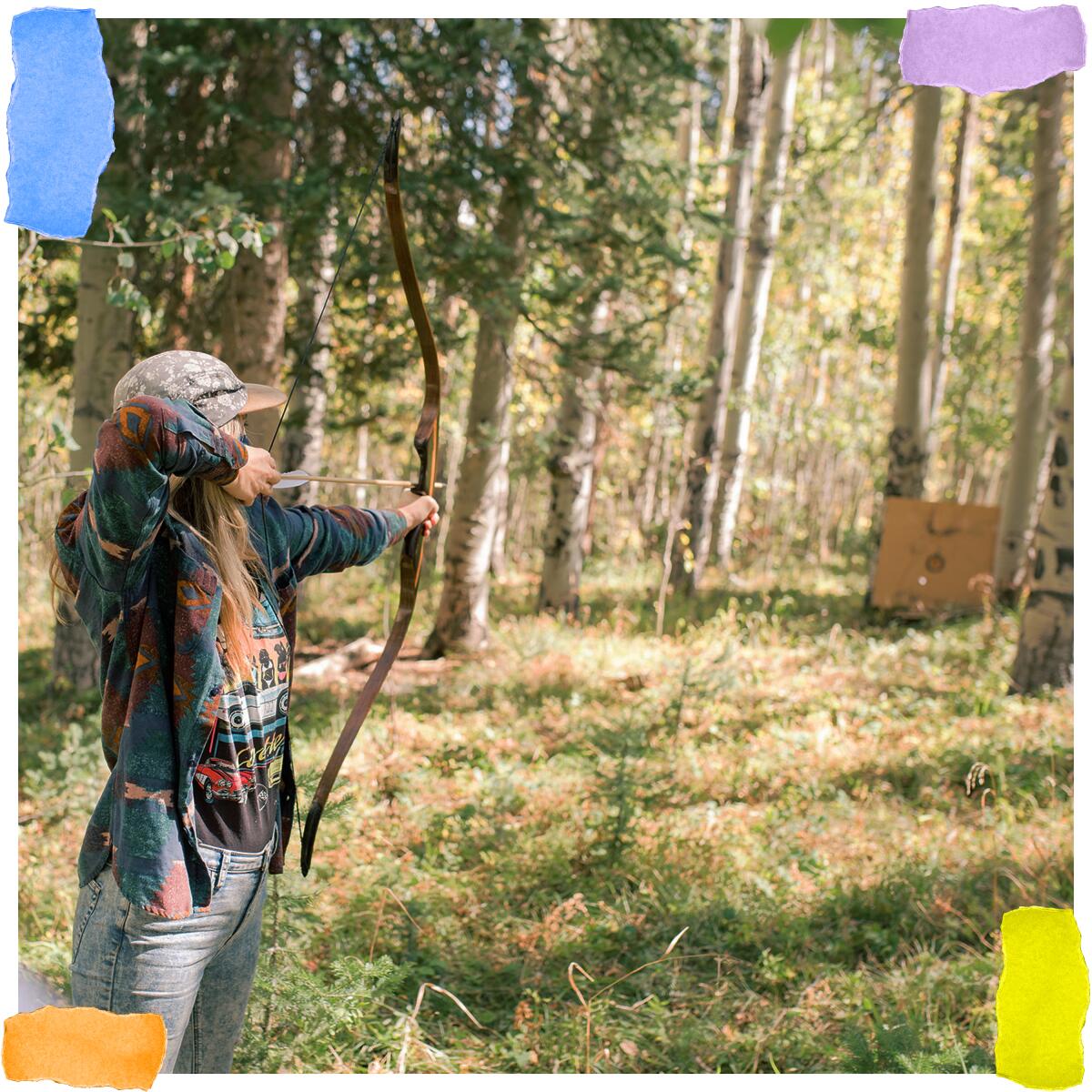
If you’re just starting out, Clem recommends focusing on the process, as the learning curve can be sharp. “If you’re tied to the outcome, it can be a very frustrating and difficult experience,” he says. “The accuracy will come, but you really want to enjoy what you’re doing.” After all, hitting the bull’s-eye is just “the icing on the cake.”
Clem suggests that beginners focus on improving one facet of their archery at a time. “If someone has given you five pointers, go to the range and work on one,” he says. “Divorce yourself from an outcome and remain focused on your breath. Draw the string back to a consistent anchor point, whether it be the corner of your mouth, a point on your nose or your chin. Then, gently release the string, allowing it to fall from your relaxed fingers, avoiding the dreaded pluck.”
If reliving your childhood “Robin Hood: Prince of Thieves” dreams is sounding awfully appealing right about now, you might be crushed to learn you can’t just head to any forest and start shooting arrows — much less those on fire (thank you, Kevin Costner). In L.A., you can only use bows and arrows when shooting at targets on an established public or private range. But, good news: Archers of all skill levels can take free Saturday morning lessons at Pasadena Roving Archers’ outdoor course. After completing a brief safety course with the teachers, you’re on your own to use the course at your leisure. On the Westside, you can hire a coach through Rancho Park Archers. Once you learn the basic mechanics of the sport, you can relax into its art.
“Watching that arrow go down the range and hit the target is exhilarating,” Clem reflects. “It keeps you going, that little bit of progress over time.”
Sign up for the March 18-19 class now at L.A. Woodshop.
4 things to do
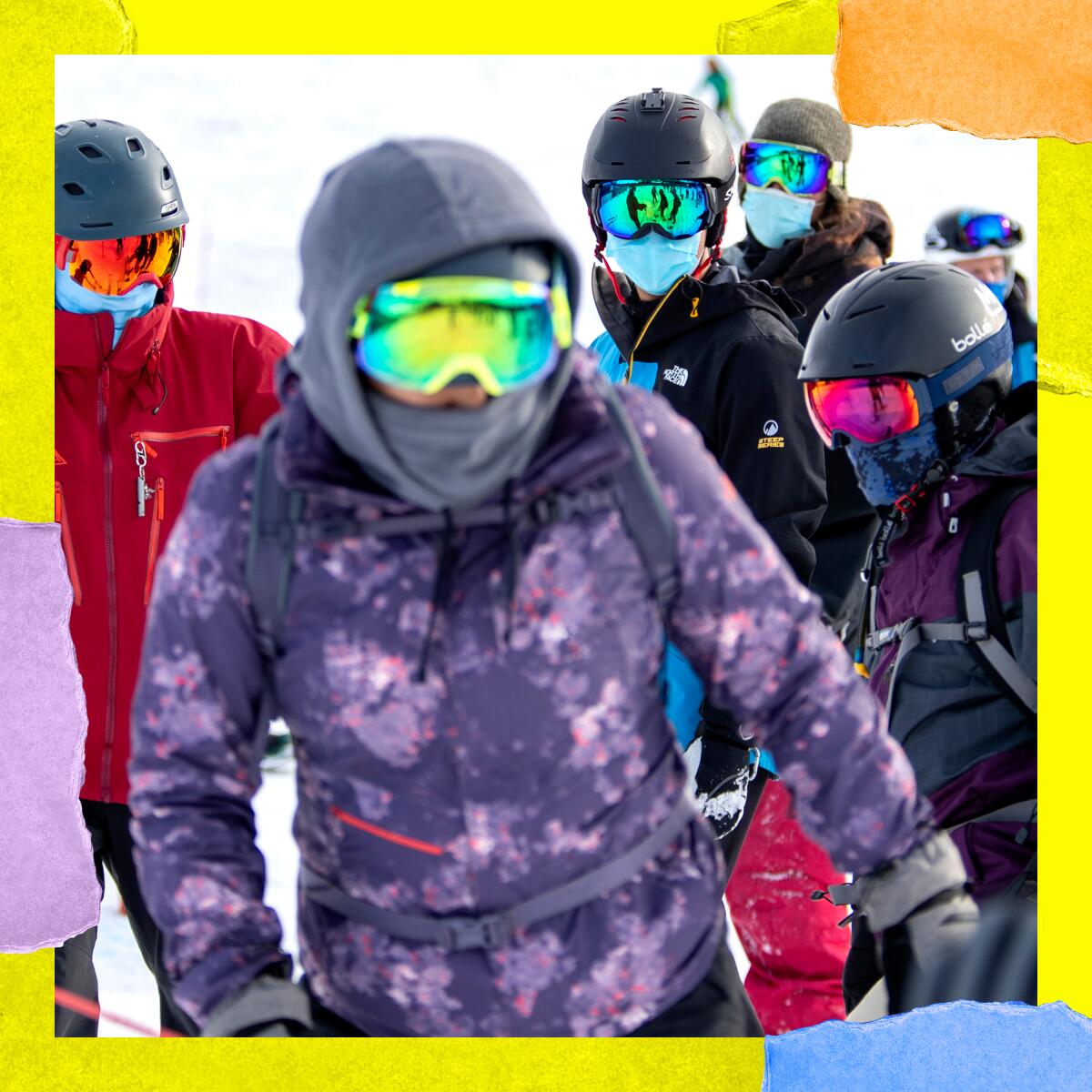
1. Try the other snow sport. It’s skiing and snowboarding season, or didn’t you know from your friends’ Instagram pics luring you to Mammoth? But if you’re keen to master another tough snow endurance workout that will turn your quads, calves and hamstrings to steel, try a guided snowshoeing adventure at Mammoth Lakes Basin. It’s harder than it looks (my sore legs can attest), especially when you’re going even slightly uphill, but it’s also exhilarating. Plus, the alpenglow views can’t be beat, and it all ends with a stunning lookout at Panorama Dome. The snowshoeing experience costs $75 and is ongoing through February and March, with both sunset tours and full moon tours. To book, go here.
Get The Wild newsletter.
The essential weekly guide to enjoying the outdoors in Southern California. Insider tips on the best of our beaches, trails, parks, deserts, forests and mountains.
You may occasionally receive promotional content from the Los Angeles Times.

2. Slow the smudge. On Thursday, hit one of the many great trails at Griffith Park, then mosey over to Friendship Auditorium at 7 p.m. for a screening of “Saging the World,” a documentary about the illegal harvesting of Salvia apiana, the native white sage vital to Southern California and northern Baja Indigenous cultures. Produced by native plant gardener and basket weaver Rose Ramirez, who is of Chumash and Yaqui descent, and professor Deborah Small of the School of the Arts at California State University, San Marcos, the doc highlights the poaching of the sacred native plant. Snacks will be served, and a panel and Q&A will follow the screening. The free event is currently full, but you can join the waitlist. For more information on sage conservation, go here.

3. Dash onto a football field. On Sunday, more than 5,000 runners will breeze through Pasadena, pattering rhythmically across the Colorado Street Bridge, through Old Town Pasadena and past the beautiful Caltech campus, before finishing at the Rose Bowl. Cheer on the half-marathoners and 5K runners, and especially Team TMF, a group of runners fundraising to fight neurological diseases. If your kids ages 3 to 8 are runners, there’s still time to register them for the Rose Bowl Rush Kids Run, a 400-meter dash that ends in a rare pleasure: getting to run onto the famed football field itself. Sadly, it’s too late to join the sold-out half-marathon or 5k, but the Kids Run costs $15, which includes a shirt and a finisher medal you can proudly display. And if you’re like me, watching runners inspires you to get in a good run yourself.

4. Dress old-school. I’m a big fan of ROW DTLA, a former produce market housed in a series of long terminals on Alameda Street downtown. Countless events, including craft markets, dance parties and of course, the beloved weekly Sunday food fair Smorgasburg L.A., unfold in these outdoor spaces free of car traffic. This Saturday, 70-plus vendors will fill the space with their wares for the Pickwick Vintage Show, selling not only vintage duds but also textiles for your interiors. The best is the people-watching, since the vintage community comes to chat and hang out as much as to buy and sell. Tickets are $20 for 10 a.m. to noon entry, and $10 for noon to 4 p.m. entry, plus fees.
Check out “The Times” podcast for essential news and more.
These days, waking up to current events can be, well, daunting. If you’re seeking a more balanced news diet, “The Times” podcast is for you. Gustavo Arellano, along with a diverse set of reporters from the award-winning L.A. Times newsroom, delivers the most interesting stories from the Los Angeles Times every Monday, Wednesday and Friday. Listen and subscribe wherever you get your podcasts.
The must read
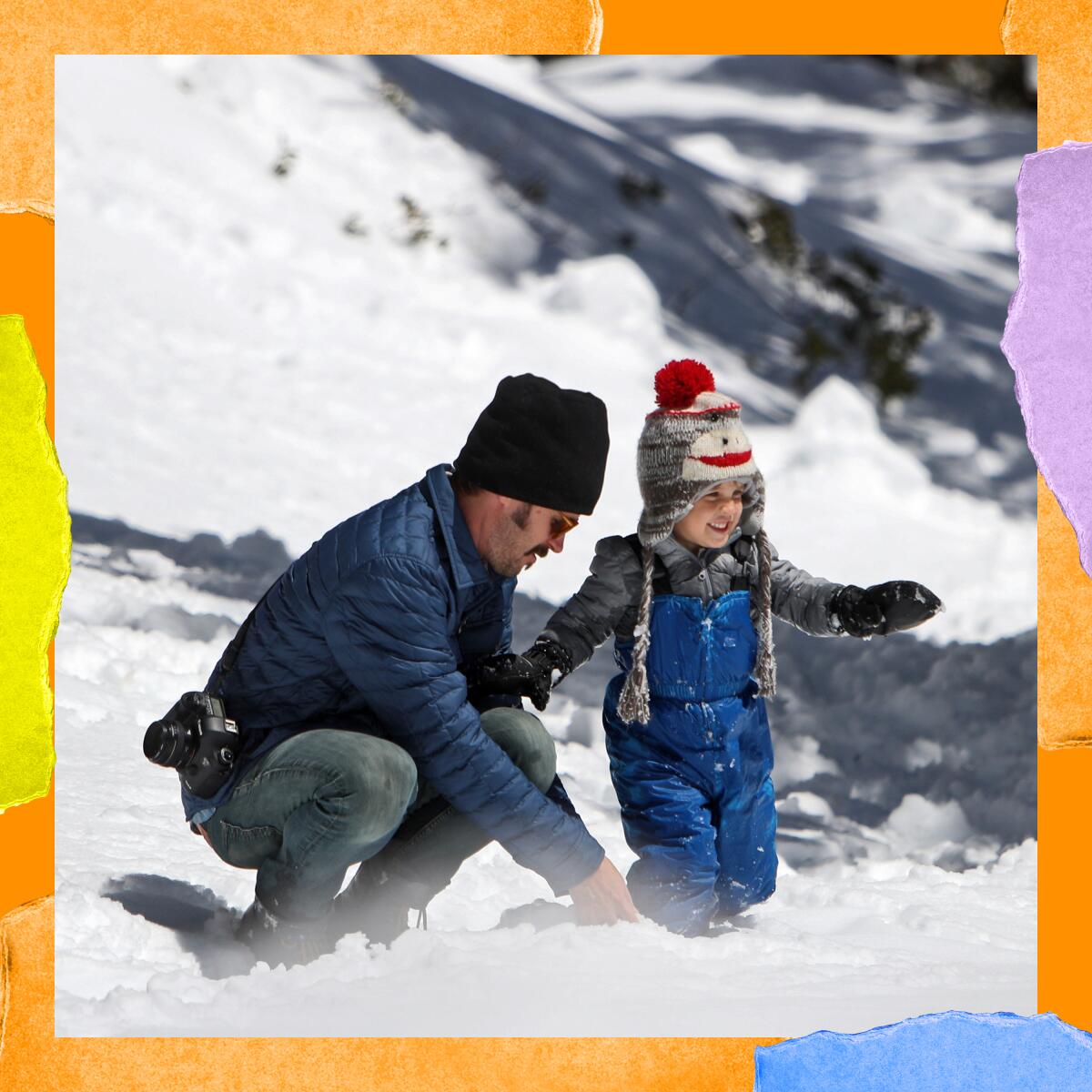
I’ve written before about hiking safety, but the game changes entirely when you’re hiking in winter. You’re at greater risk of hypothermia, the weather can change rapidly, and signs are sometimes obscured by snow or ice. You also can face natural phenomena like avalanches or thin ice over an unexpected body of water, and there may be fewer hikers around to offer assistance. Karen Garcia writes about exactly this in her recent Times article, in which the story of a lucky rescue brings several fresh reminders to the forefront.
We’ve all done it. You’re only taking a “casual” jaunt, so you’ve slacked on telling friends and family where you’re going. No matter how casual you think your trek is, it’s vital that you let others know your route, especially when it comes to snow. A satellite communicator or personal locator beacon can save your life, because even in our relatively warm winters, you can get hypothermia at 40 or even 50 degrees Fahrenheit, particularly if it’s windy or you’re wet or drenched in sweat. Make sure to bring the right equipment for snow hiking on steep hillsides. That can include not only snowshoes and ski poles but also an ice ax and crampons. And pack an emergency pack, including a space blanket, that can last you through the evening.
Hiking in snow is great fun and offers serene views, but it’s crucial that we bring the right stuff and carefully assess our skill levels and appetite for risk beforehand. Now, get out there and tackle that peak — safely.
For more insider tips on Southern California’s beaches, trails and parks, check out past editions of The Wild. And to view this newsletter in your browser, click here.
Sign up for The Wild
We’ll help you find the best places to hike, bike and run, as well as the perfect silent spots for meditation and yoga.
You may occasionally receive promotional content from the Los Angeles Times.




